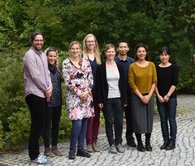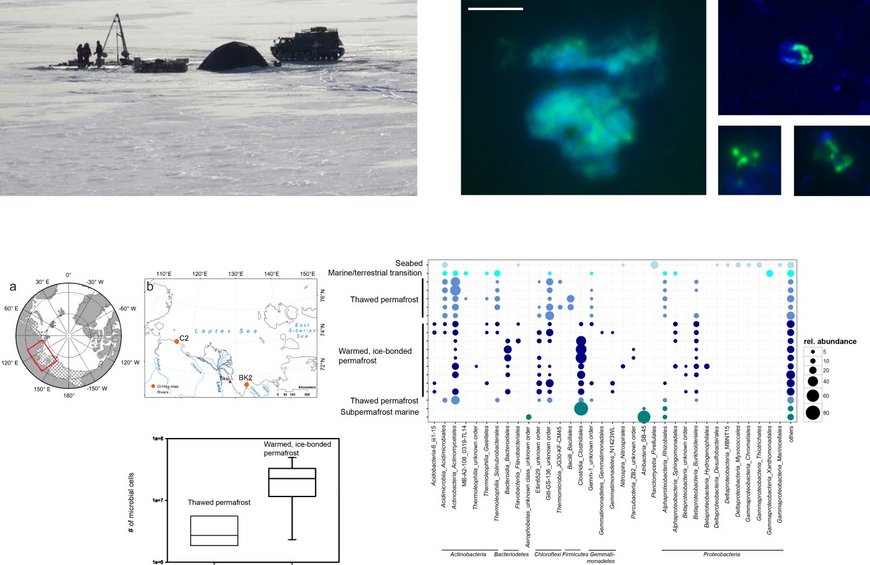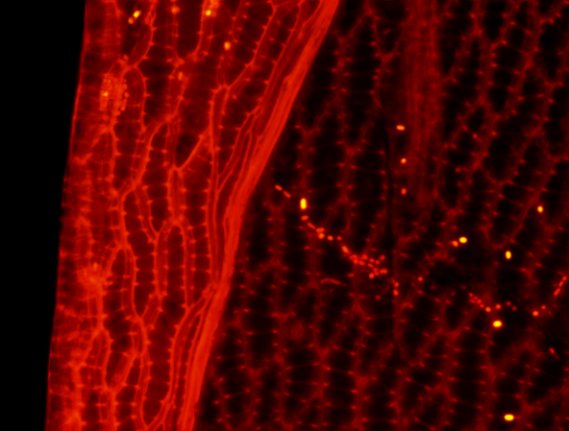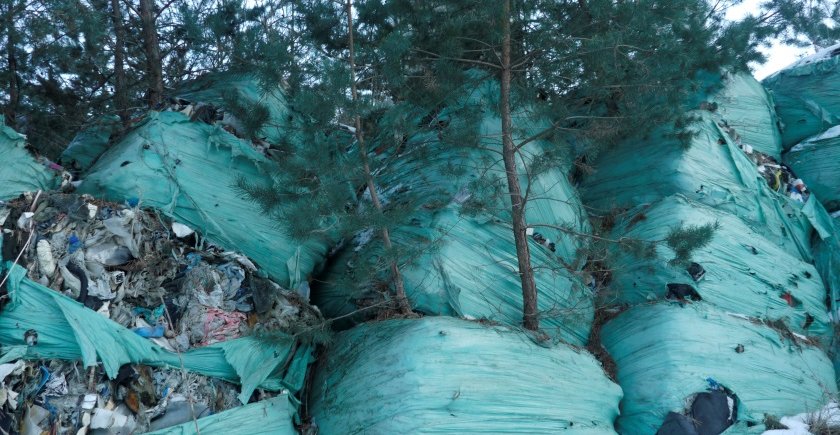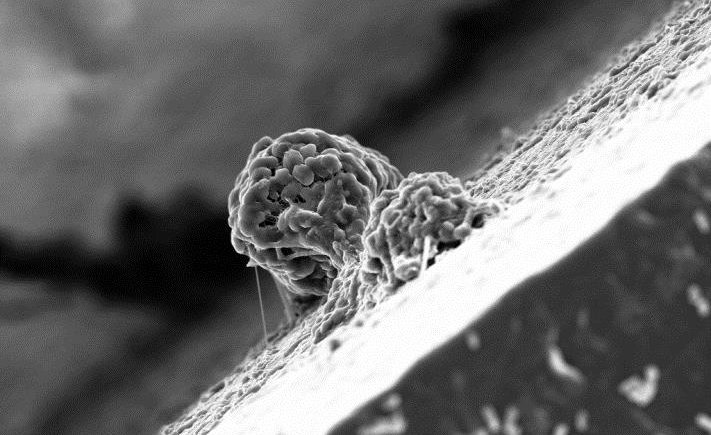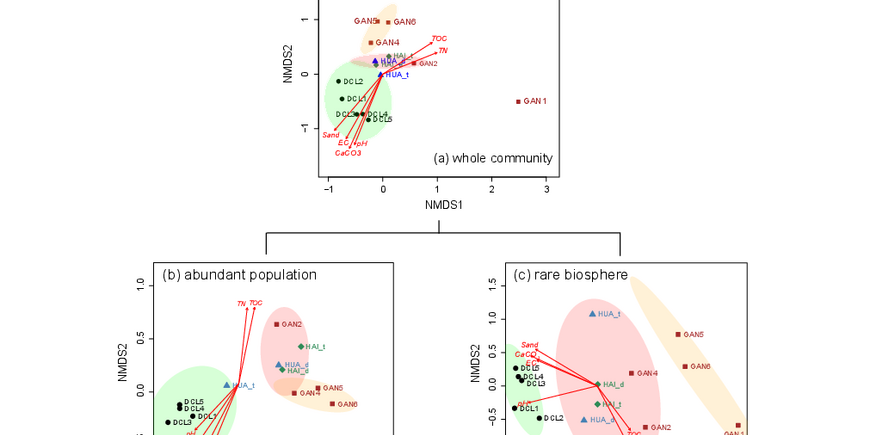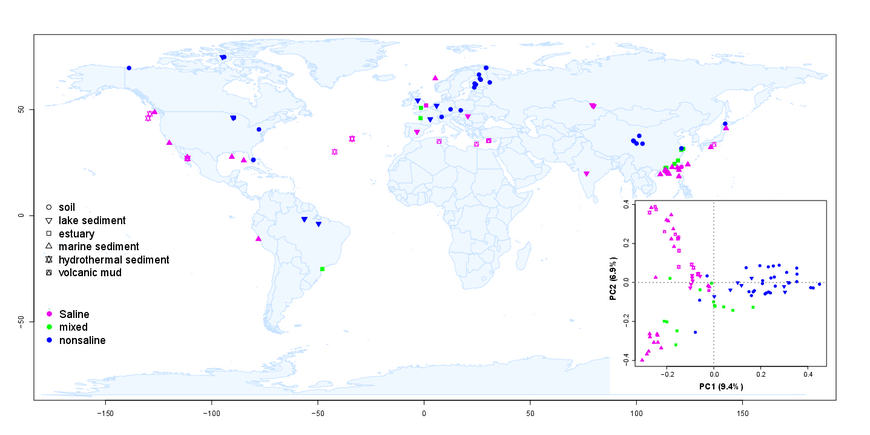The Helmholtz Young Investigators Research Group MicroCene was established in 2013 and provides a microscope on microbial processes and distribution patterns in the terrestrial, organic rich subsurface. We apply molecular methods such as high throughput sequencing, metagenomics, bioinformatics and multivariate statistics in combination with physiological and biogeochemical methods to uncover and map microorganisms of Earth’s interior. We assess microbial constraints on near-surface greenhouse gas fluxes and extent our understanding of the critical zone. Our study sites span circumarctic peat and permafrost regions and the TERENO NE observatory
Project term: 2013 - 2020
Funding: „Impuls- und Vernetzungsfonds” of the Helmholtz Association
Cooperations: Alfred Wegener Institute - Helmholtz Centre for Polar and Marine Research, University of Hamburg, Arctic University of Norway University of Fairbanks, Alaska
Group Leader: Prof. Susanne Liebner
PostDocs: Dr. Matthias Winkel, Dr. Sizhong Yang
PhD students: Andrea Kiss , Julia Mitzscherling, Wen Xi
Master students: Joana MacLean
Technician: Anke Saborowski
Selected publications:
Winkel, M., Mitzscherling, J., Overduin, P.P., Horn, F., Winterfeld, M., Rijkers, R., Grigoriev, M.N., Knobleuch, C., Mangelsdorf, K., Wagner, D., Liebner, S., 2018. Anaerobic methanotrophic communities thrive in deep submarine permafrost. Scientific Reports 8 (1291). DOI: https://www.nature.com/articles/s41598-018-19505-9
Overduin, P.P., Liebener, S., Knoblauch, C., Günther, F., Wetterich, S., Schirrmeister, L., Hubberten, H.-W-, Grigoriev, M.N., 2015. Methane oxidation following submarine permafrost degradation: Measurements from a central Laptev Sea shelf borehole. Journal of Geophysical Research Biogeosciences. DOI: http://dx.doi.org/10.1002/2014JG002862
Mitzscherling, J., Winkel, M., Winterfeld, M., Horn, F., Yang, S., Grigoriev, M.N., Wagner, D., Overduin, P.P., Liebner, S., 2017. The development of permafrost bacterial communities under submarine conditions. Journal of Geophysical Research Biogeosciences. DOI: https://agupubs.onlinelibrary.wiley.com/doi/abs/10.1002/2017JG003859
Wen, X., Yang, S., Horn, F., Winkel, M., Wagner, D., Liebner, S., 2017. Global biogeographic analysis of methanogenic archaea identifies community-shaping environmental factors of natural environments. Frontiers in Microbiology. DOI: https://doi.org/10.3389/fmicb.2017.01339
Eos Research Spotlight: Microbes may thrive in subsea permafrost long after flooding
- We map microbial communities of the terrestrial subsurface shown here at the example of submarine permafrost. Thawing submarine permafrost is reported to be a hot spot of methane to the atmosphere. We, however, identified anaerobic methanotrophic consortia at the permafrost thaw front mitigating the emission of methane in this system. The top-right picture shows micrographs of ANME-2a consortia at the SMTZ of submarine permafrost obtained through CARD-FISH. We also found indications for proliferation of bacteria residing in the warmed permafrost.
- As part of a CSC fellowship on the biogeography of methane producing archaea we have identified salinity as global driver of methanogenic community composition.
- The rare biosphere, the low-abundant microbial populations, is suggested to be a conserved way of microbial life. We conducted a molecular survey of rare methanogenic archaea, representing a single functional guild, in the environment targeting the mcrA gene in order to test if general concepts associated with the structure of the rare bacterial biosphere also apply to single functional groups. Similar to what is known about rare bacterial communities, the overall contribution of rare methanogens to the alpha diversity is much larger than to Bray-Curtis measures. Moreover, a similar core group of methanogens harbored by the abundant and rare communities suggests similar sources and environmental controls of both groups.
- Natural peatlands form where special environmental conditions favour the establishment of the moss family Amblystegiaceae, and the succession into Sphagnaceae peatlands. One third of the global soil organic carbon and ten percent of the global freshwater resources are stored in peatlands. Despite their importance for the carbon and nitrogen cycling, we know very little about the ecology of peat moss associated microbial communities, and a systematic study unveiling the microbiota and its drivers in both Amblystegiaceae and Sphagnaceae peatlands is lacking. Filling this gap is part of the International Helmholtz Research Group ArcBiont .
- The “Plastisphere” is a result of mankind. Plastic has a long life time and is cheap to be produced so that littering, the improper deposition of waste products at an inappropriate location, has grown into a severe problem of our society. In a pilot study we characterize terrestrial litter as a habitat of the Anthropocene. The “plastisphere” is colonized by a special biota with a reduced diversity and consisting of members of soil crusts and potential plastic degraders.


